
|
|
From the Editor - October 1st , 2017
How time flies - it seems like only yesterday that I was learning to fly control-line on the school playing field as a member of the school Aeromodeller's Club (how many schools have one of those today?!?) and getting to grips with my first-ever model diesel engines! And now here I am ...... I suppose that reaching 70 beats the alternative, but getting old is still something that I approach with some trepidation! So far, so good .......... The weather has at last turned in our part of the world - Fall (or Autumn, if you prefer) has finally arrived on Canada's West Coast, a bit late but still very welcome. This has more or less administered the final coup de grace to what has been by far the worst forest fire season in recorded British Columbia history. That's something, but if present accelerated climatic trends continue (and there currently seems little reason to expect otherwise), we can look forward to more of the same in coming years.
Reader engagement with this web-site fell off somewhat in August, a not unexpected observation given the fact that this is the summer holiday season in the Northern Hemisphere where the majority of my readers seem to live. Naturally, this time of year offers many opportunities for the pursuit of activities other than Web browsing! Consequently, the number of hits in August fell off to 423,785, albeit still within sight of the record total of 497,885 set in March 2017. The visibility of the site is evidently being well sustained. Somewhat counter-intuitively, these hits translated into a slightly increased total of 12,194 actual visits - a small increase over the July figure, albeit still somewhat below the record March total of 14,268. However, the number of pages accessed fell off to only 68,610 for a reduced per-visit average of some 51/2 pages - still indicative of a healthy level of visitor engagement despite the alternatives offered by the midsummer holiday season. Thanks to all of you for being a part of that! Some of you may be wondering why I pay such close attention to the monthly visitation data for this site, to the extent of publishing the information with every Editorial. It's really very simple - these figures allow me (and my readers) to monitor the level of interest in what I'm doing here. No sense preaching to a non-existent congregation! In a very real sense, those numbers are my incentive for spending the very considerable time and money required to keep this up. If the numbers eventually fall to marginal levels, that'll be the time to stop. Until then - onwards!! Despite my repeated admonitions not to do so, people have continued to try to register on the site. As I've stated repeatedly, this has no effect whatsoever - it's simply an artefact left over from the generic platform's intended use as an on-line sales site. Since this is not a sales site, the registration feature is redundant and I make no use of it whatsoever. Please don't bother - it simply creates unnecessary cyber-clutter! I think that this message will have to become a regular feature of these Editorials...........
One of my most valued correspondents is my friend and fellow "AeroModeller" contributor Maris Dislers of Adelaide, Australia. Maris always seems to contribute something of value to this site, and last month was no exception. Having recently acquired a nice example of an early Vella 2.5 cc diesel, Maris was kind enough to put this engine through its paces on the test bench and send his report along to me. His comments on this unit have been worked into my earlier article on the Vella Brothers engines, adding considerably to the comprehensiveness of that article. Thanks, Maris!!
In last month's Editorial I mentioned the 54th "Coppa D'Oro" (Gold Cup) meeting at the Francesco Baracca Airport in Lugo, Italy, very close to the Adriatic coast. This long-running annual event began as an Italian National competition, but is now part of the World Cup circuit. It caters to all four F2 categories (Speed, Aerobatics, Team Racing and Combat). My Danish friend and colleague Jens Geschwendtner attended this meeting to fly in the F2C event. His report on the event was a mixture of positive and negative! On the positive side, Jens characterized the meeting as a However, things went less well for Jens in the actual competition. An Italian team managed to collide with Jens' model during the first heat, more or less destroying it. Jens had to switch to his reserve equipment, which was not dialled in due to poor weather conditions leading up to the contest. His best heat time was 3:25, which was not fast enough to advance him in the contest. Oh well, it sounds as if he had a good time regardless! Wish I'd been there ........ Tom Coletta sent along the attached photo of his display at this year's model engine Collecto in Muncie, Indiana. Quite a display, especially of those 2.5 cc (.15 cuin.) sport and competition models - no wonder Tom has admitted to coveting that mystery 2.5 cc diesel which was featured last The blog site has continued to generate a certain amount of traffic - thanks for that. One of my reasons for establishing that site was frankly a rather selfish one - I needed some means of soliciting input to articles in preparation. As I've said here many times, I can't do this alone! So from time to time you'll see requests for information in connection with specific research subjects. All input will of course be gratefully received and fully acknowledged! The site has already proved its worth in this regard on a number of occasions. Turning now to this month's feature article, we return As part of this review, I've covered the involvement of Super Tigre in the World Control Line Speed Championship from its beginning in the early 1950's up to the early '60's. It's a fascinating tale of determination and effort, although not without its controversies along the way.
As far as I've been able to discover, this 1956 variant was never the subject of a published test, at least in the English language modelling media. Time to remedy that deficiency! As you'll learn, this unit delivered a standard of performance which other contemporary commercial manufacturers of 2.5 cc competition engines could only dream of matching. An outstanding effort by Jaures Garofali!!
I also plan to add another article to my Technical Topics pages. This will be a detailed article on the rather arcane subject of glow-plug heat ranges. The selection of a plug having a heat range which is well matched to the needs of a given engine can have a far greater effect on performance than many people seem to realize, and yet it seems to be one of the most commonly-overlooked aspects of model glow-plug engine operation. I've drawn upon data provided by a number of plug manufacturers, most notably Model Technics of Southend-on-Sea, England and TCA Racing Accessories of Italy. Using the products of fine companies such as these, there's no reason not to get the very best out of your engines by fitting the appropriate plug. I hope that you glow-plug users will find the article useful. I think that's it for now. I'll be back to you with another issue on or about November 1st, 2017. Meanwhile, happy flicking, flying and finding, and may the heady aroma of diesel fumes or burning nitro assault your nostrils soon............... ! Cheers, Adrian Duncan Coquitlam, British Columbia, Canada ___________________________________ Note regarding material to be found on this site - unless specifically otherwise noted, all images and text which appear on this site are my own work, and I hereby assert my right to be recognized as the originator of this material. For the record, this material is made freely available to all upon two firm conditions:
Adrian C. Duncan Coquitlam, BC, Canada
|
| |
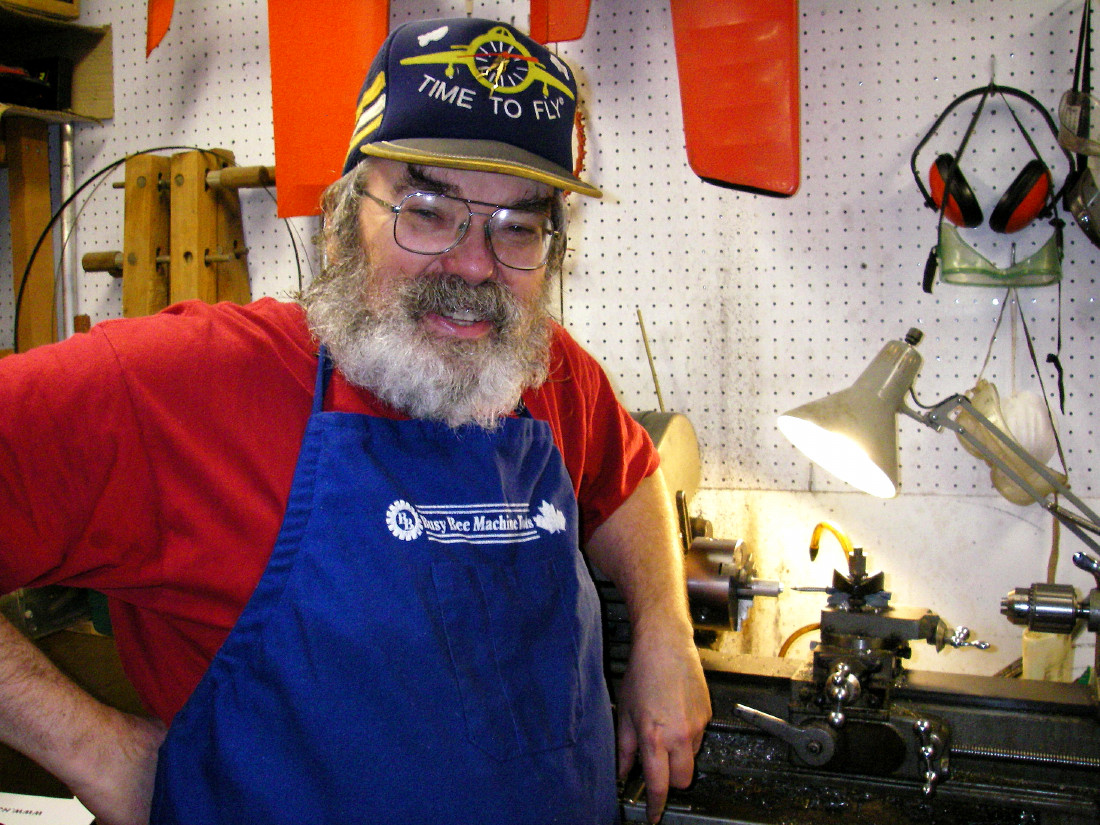 Greetings yet again from Canada's beautiful Pacific Northwest! Once more, I'm coming to you a day early due to the impending passage of another milestone - my 70
Greetings yet again from Canada's beautiful Pacific Northwest! Once more, I'm coming to you a day early due to the impending passage of another milestone - my 70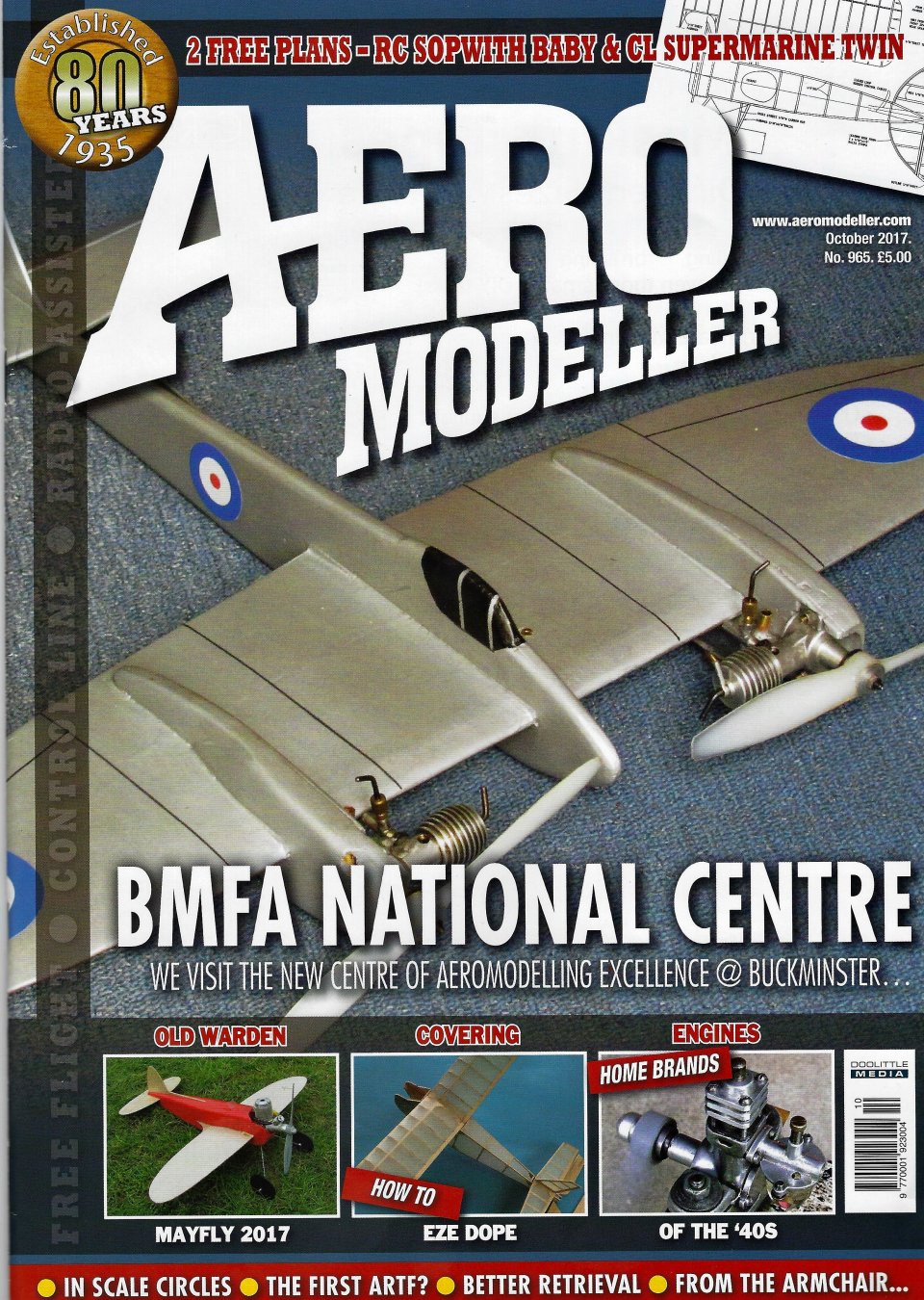 October 2017 is a double publication month for me, since in addition to this issue of my website I also have an article in the October 2017 issue (no. 965) of "
October 2017 is a double publication month for me, since in addition to this issue of my website I also have an article in the October 2017 issue (no. 965) of "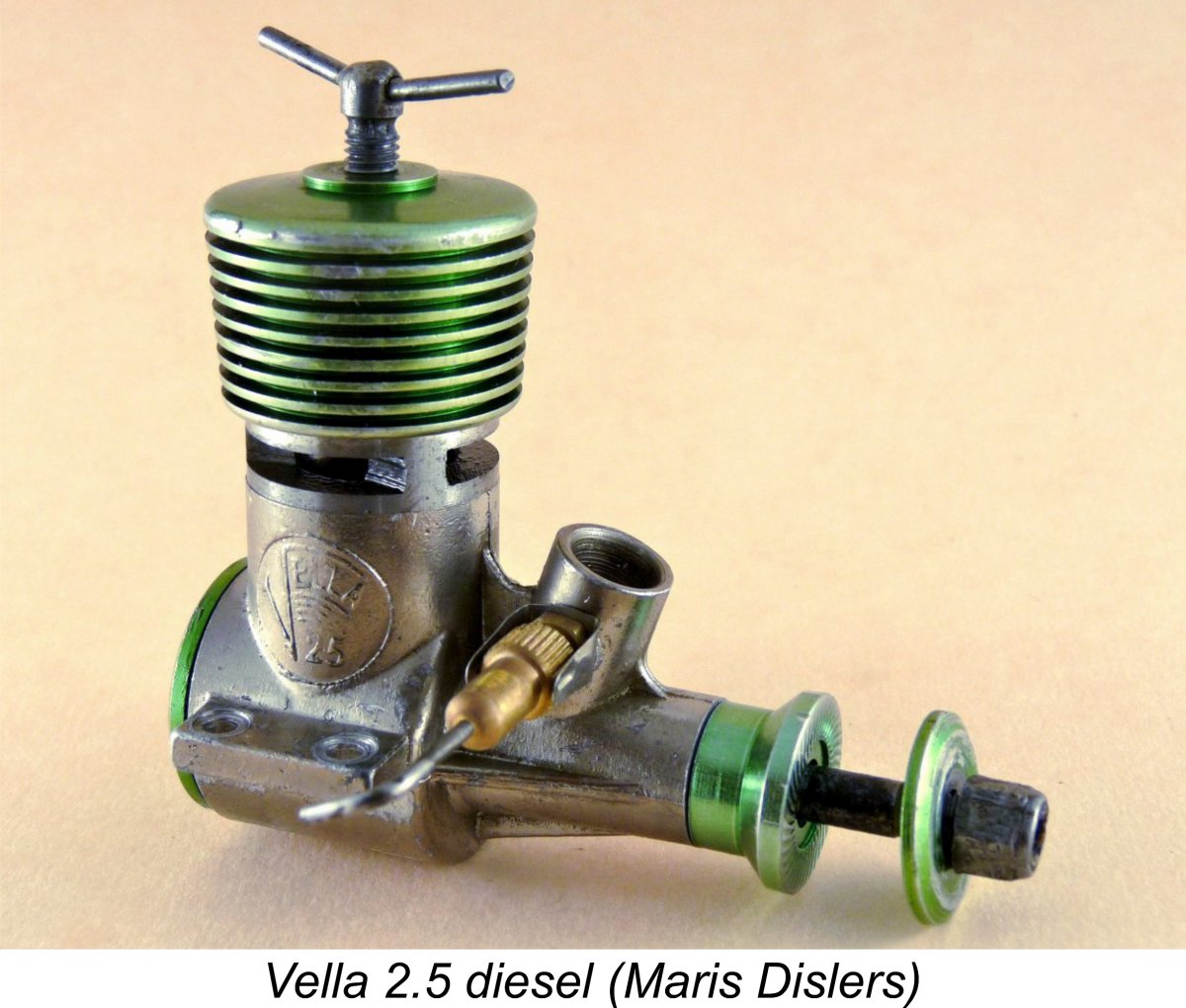
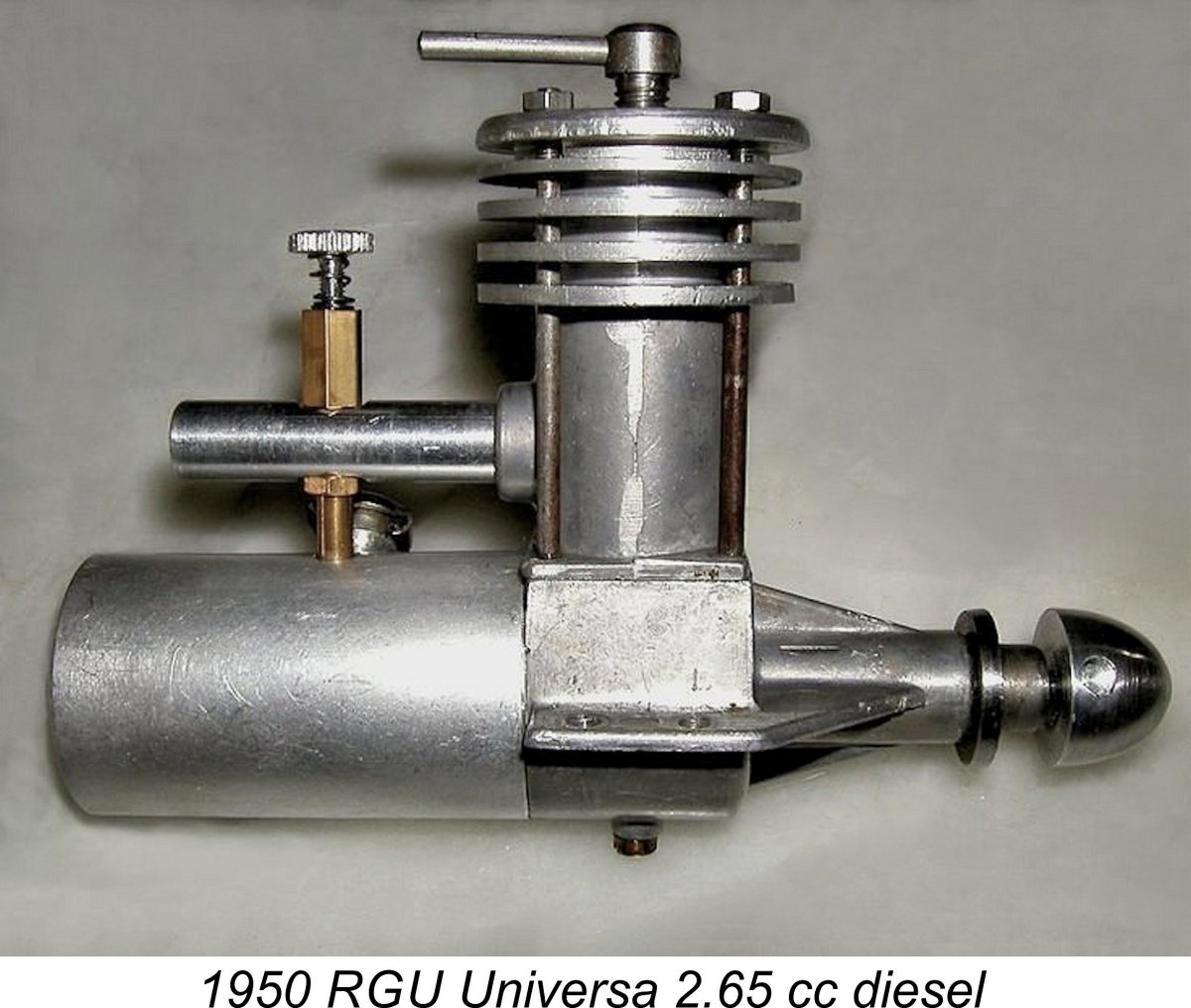 Peter Valicek is currently working on the restoration of a relatively rare German diesel from the early post-WW2 era - the 2.65 cc RGU Universa model. This very distinctive-looking engine was in fact a forerunner of the far better-known Jaguar range from the same manufacturer. Once Peter has completed his work on getting our example of the engine back into running condition, we plan to publish a full review and test of this unusual and little-known design - stay tuned!!
Peter Valicek is currently working on the restoration of a relatively rare German diesel from the early post-WW2 era - the 2.65 cc RGU Universa model. This very distinctive-looking engine was in fact a forerunner of the far better-known Jaguar range from the same manufacturer. Once Peter has completed his work on getting our example of the engine back into running condition, we plan to publish a full review and test of this unusual and little-known design - stay tuned!!
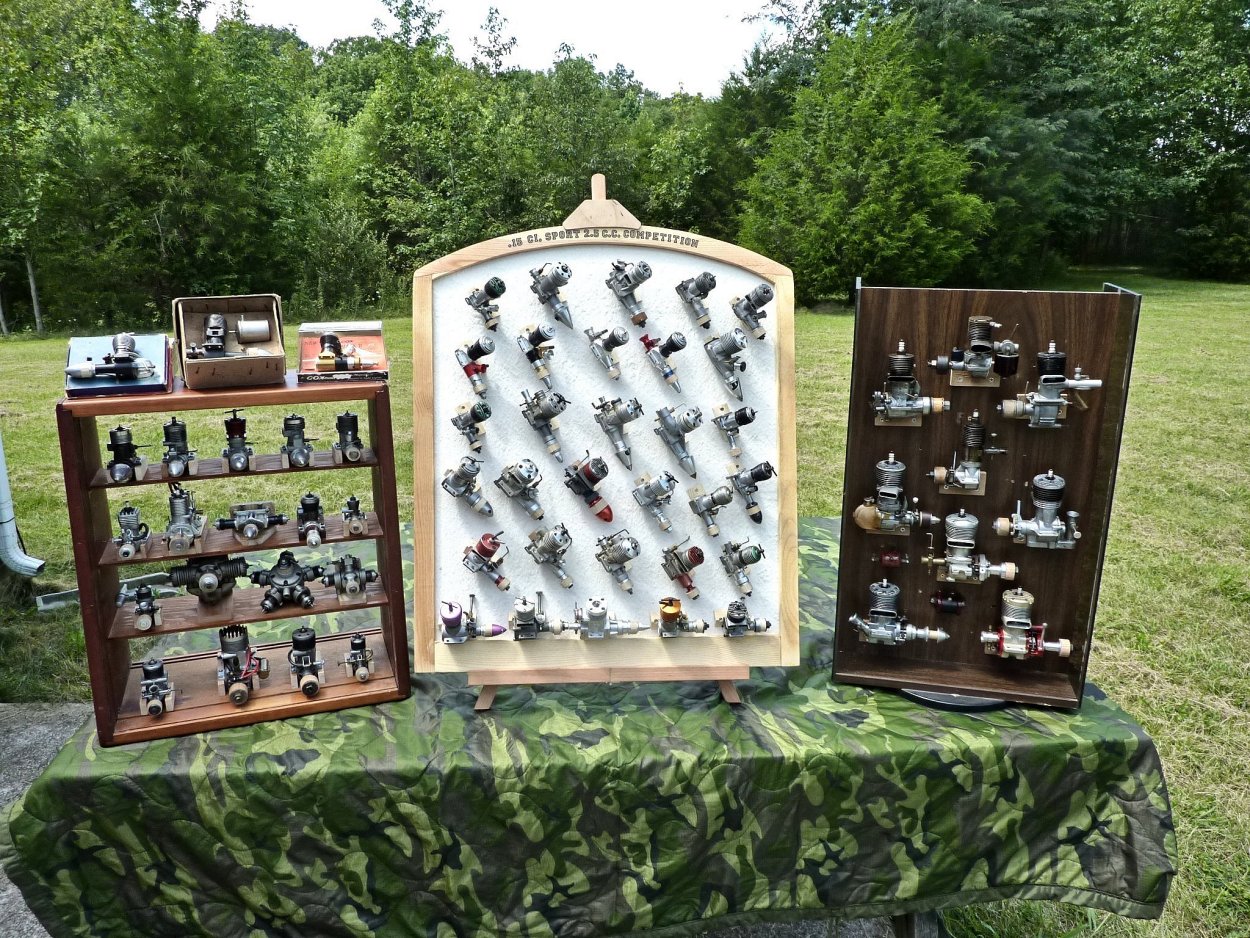
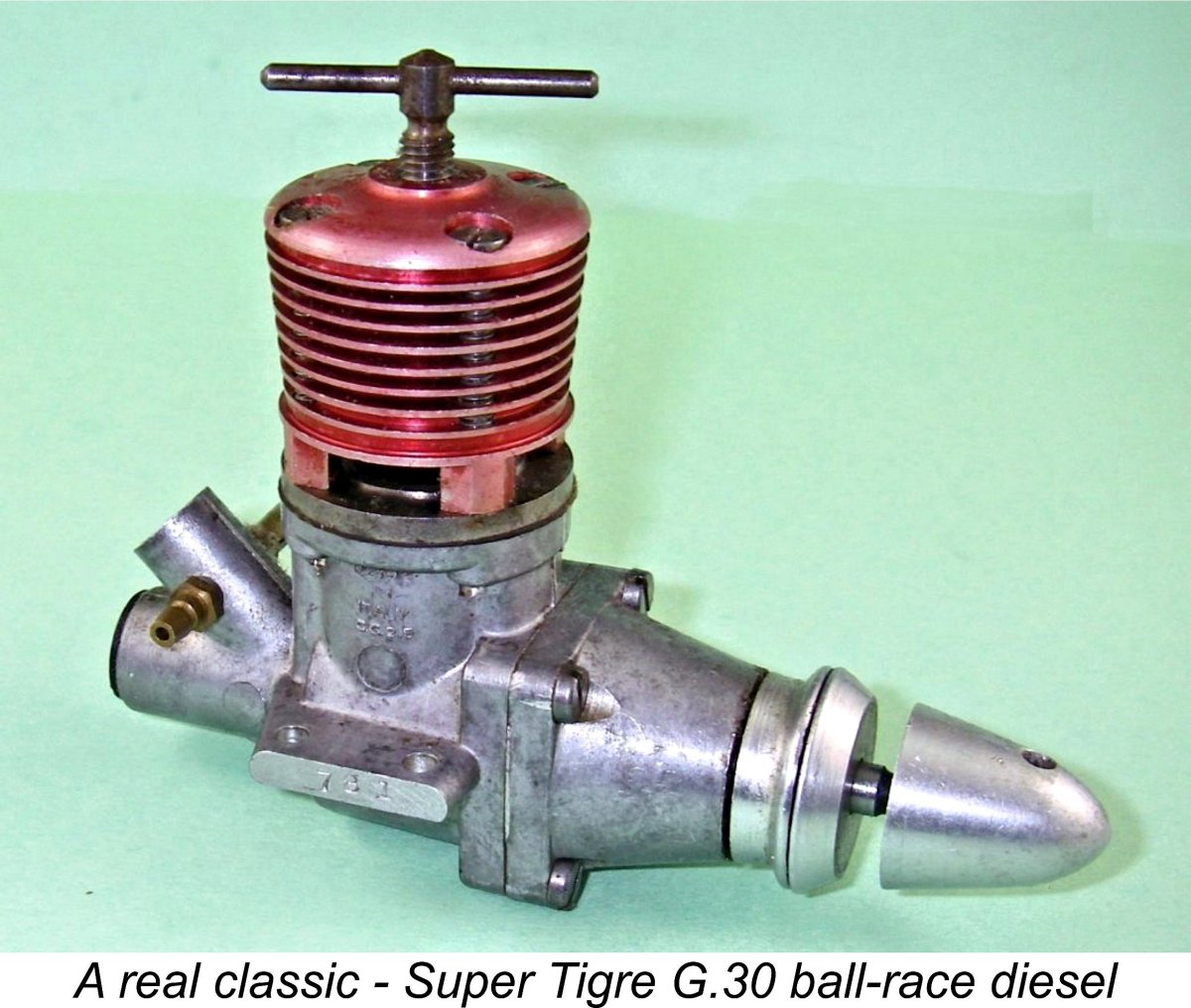
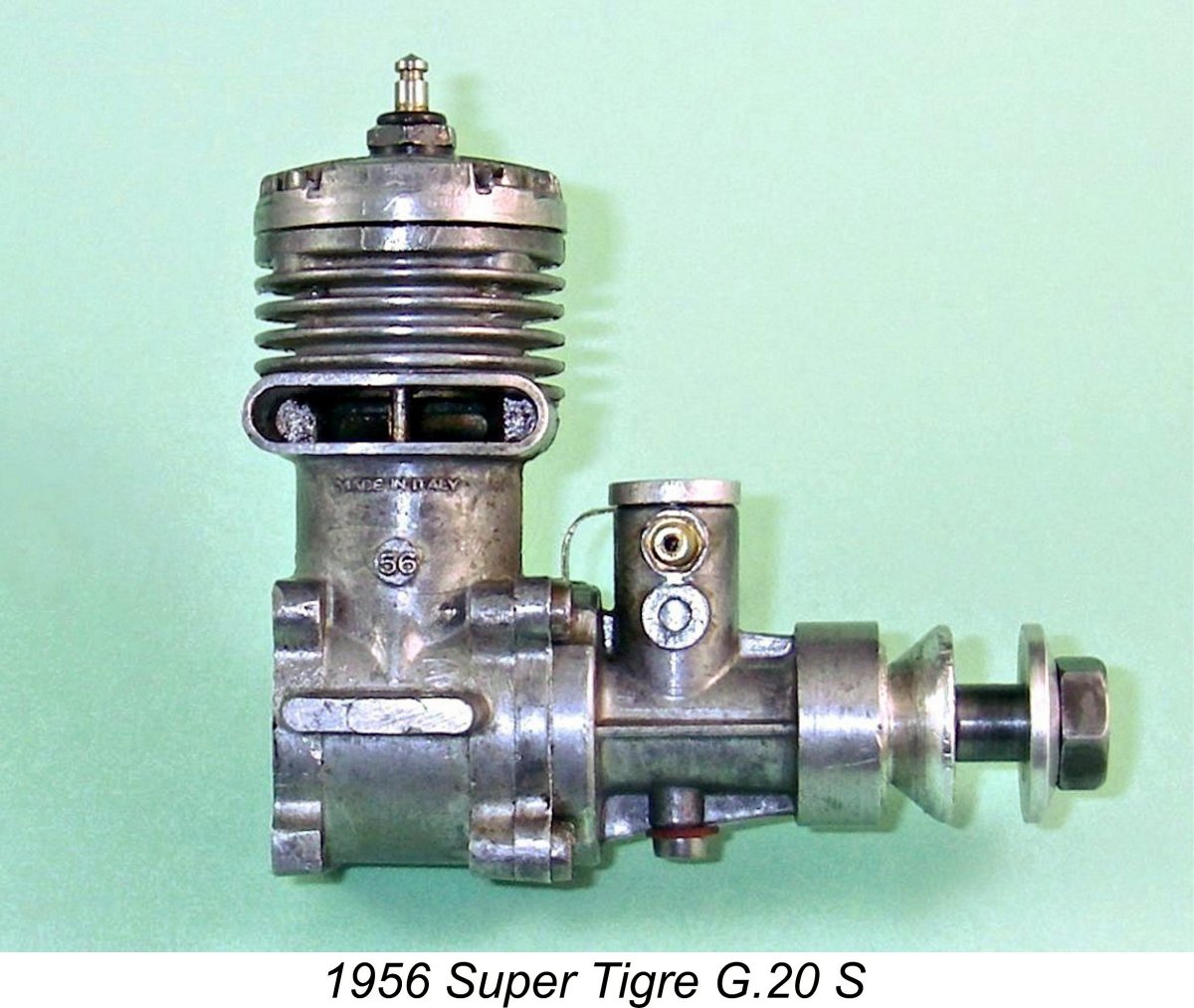
 Lest my British readers feel a bit left out by the recent proliferation of articles concerning engines from other countries, next month will see a return to Britain to take a detailed look at the fine glow-plug models in .19 cuin. and .29 cuin. displacements which were produced by ETA Instruments Ltd. of Watford, Hertfordshire. My research into this article was greatly informed through contact with Ray Tuthill, who along with his pilot Don Walker was perhaps the most successful user of the ETA 29 in Class "B" team racing in Britain. Ray's comments provide an invaluable "behind the scenes" look at the development of that outstanding model engine. I think you'll enjoy reading it as much as I did researching it!
Lest my British readers feel a bit left out by the recent proliferation of articles concerning engines from other countries, next month will see a return to Britain to take a detailed look at the fine glow-plug models in .19 cuin. and .29 cuin. displacements which were produced by ETA Instruments Ltd. of Watford, Hertfordshire. My research into this article was greatly informed through contact with Ray Tuthill, who along with his pilot Don Walker was perhaps the most successful user of the ETA 29 in Class "B" team racing in Britain. Ray's comments provide an invaluable "behind the scenes" look at the development of that outstanding model engine. I think you'll enjoy reading it as much as I did researching it!